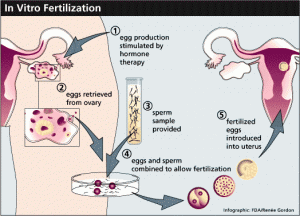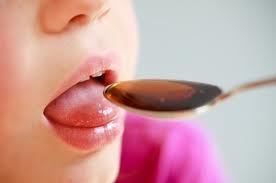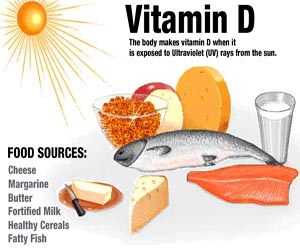A European Society of Cardiology study found that mother’s lifestyle predicts heart attack risk for offsprings. This study was published in the Journal of Preventive Cardiology, a journal of the European Society of Cardiology. It was also summarized in Science Daily. The study author Dr. James Muchira of Vanderbilt University, Nashville said: “This maternal influence persists into the adulthood of their offspring.” What he meant is that the study found that lifestyles of mothers influence the choices of lifestyles of the offsprings, and with poor choices even determine when the next generation gets their heart attack or stroke.
In previous research the team established that both genetic factors as well as environmental and lifestyle factors are responsible for cardiovascular disease. Now the researchers wanted to determine the influence of each parent on the risk of cardiovascular disease of the offspring.
Set-up of the study
The study was done with offspring and the parents of the Framingham Heart Study. 1989 children from 1989 mothers and 1989 fathers were enrolled 1971 and followed for 46 years. The average age of the offspring at enrolment was 32 years. The study ended 2017. Dr. Muchira said: ”Crucially, the study followed children into most of their adult life when heart attacks and strokes actually occur.”
Risk factors for cardiovascular disease
The researchers rated the risks of fathers and mothers in the study according to 7 factors.
- Smoking status (non-smoker preferred)
- Diet (healthy or not)
- Physical activity
- Body mass index (normal or not)
- If blood pressure is too high
- Level of blood cholesterol
- Blood sugar values
The researchers established three categories of cardiovascular health: poor (fulfilment of 0 to 2 factors); intermediate (fulfilment of 3 to 4 factors) and ideal (fulfilment of 5 to 7 factors). The researchers wanted to know how long the offspring were able to live without symptoms of cardiovascular disease.
Findings of the study
Here are the findings of the study.
- Children of mothers with ideal cardiovascular health lived free of cardiovascular symptoms for 27 years; they were on average 32+27= 59 years when symptoms started.
- Children of mothers with poor cardiovascular health lived free of cardiovascular symptoms for 18 years; they were 32+18= 50 years old when symptoms started; this is 9 years earlier than children from mothers with ideal cardiovascular health.
- Father’s cardiovascular health did not influence the children’s onset of cardiovascular symptoms.
Cardiovascular risks of the children are due to a combination of things
A combination of the health status during the pregnancy and the environment in early life influenced the children.
Dr. Muchira said: “If mothers have diabetes or hypertension during pregnancy, those risk factors get imprinted in their children at a very early age. In addition, women are often the primary caregivers and the main role model for behaviors.” Sons were much more affected by their mother’s cardiovascular health status. Dr. Muchira explained: “This was because sons had more unfavourable lifestyle habits than daughters, making the situation even worse. It shows that individuals can take charge of their own health. People who inherit a high risk from their mother can reduce that risk by exercising and eating well. If they don’t, the risk will be multiplied.”
Discussion
We remember that the Framingham Heart Study long time ago established the above-mentioned risk factors for heart disease. https://www.ncbi.nlm.nih.gov/pmc/articles/PMC4159698/ It is also important for the offspring to quit smoking as this is a high-risk factor for heart disease. Next eat a balanced diet, like the Mediterranean diet. With this you eat more vegetables, less meat, more fish and add olive oil. Engage in regular exercise, which will raise the protective HDL cholesterol. Keep your body mass index low (in the 21.0 to 22.0 range, but definitely below 25.0). Keep your blood pressure in the normal range (120/80 or less). Make sure that your blood cholesterol and blood sugar values are normal. This will give you the lowest risk to develop a heart attack or a stroke.
Conclusion
We are normally concerned about our own cardiovascular health. But in a new study researchers examined children of participants in the Framingham Heart Study and their parents. This showed that the cardiovascular health status of the mother had a significant influence on the children’s cardiovascular health. The offspring had an average age of 32 years when the researchers started to follow them for 46 years. When the mother was in poor cardiovascular health, the offspring developed cardiovascular symptoms at age 50. But when the mother’s cardiovascular health was ideal, the children got symptoms of cardiovascular disease only at age 59. This delay of 9 years of disease onset was purely due to the mother’s cardiovascular health status.
Risk management of cardiovascular risks
The authors of the study say that the children can do a lot to minimize the cardiovascular risk. They need to work to reduce the known risk factors and also start a regular exercise program. The authors of the study mentioned that even people who inherited a risk for cardiovascular disease benefit significantly from cutting out risk factors for cardiovascular disease.












